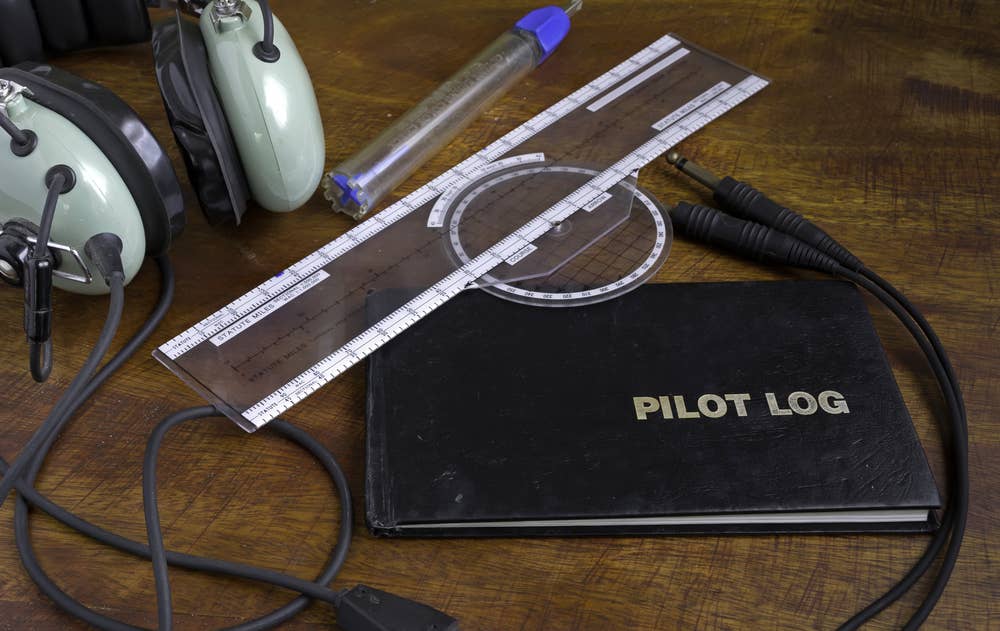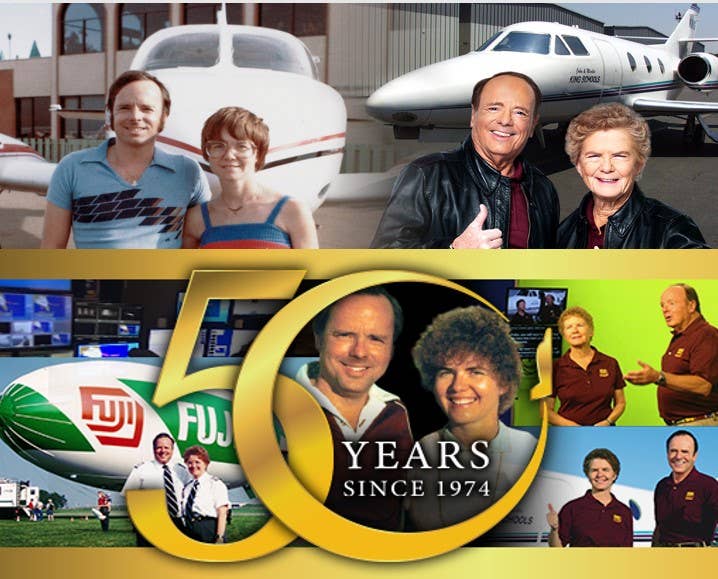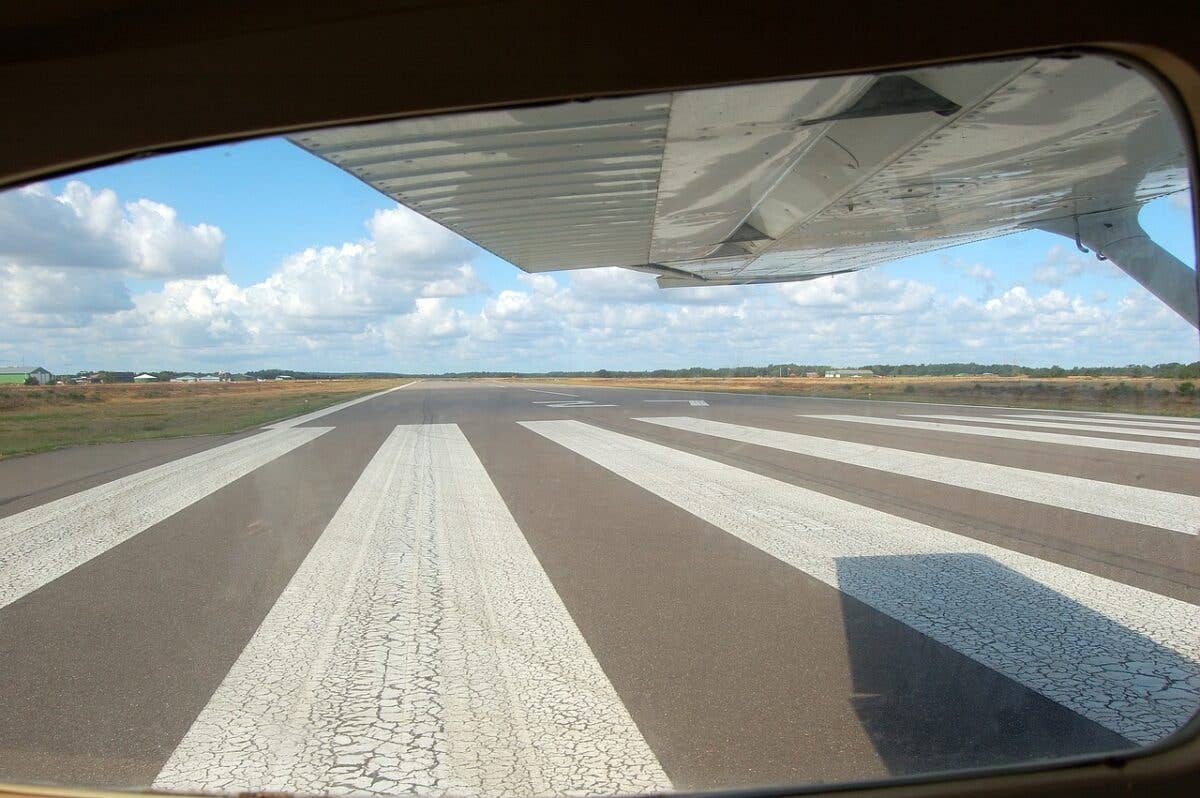Where To Find Pilot Gear on a Budget
Buying the gear necessary for flying does not need to break the bank

Pilots who are just starting out need a surprising amount of gear. [Credit: Shutterstock]
Learning to fly is a daunting challenge for many reasons. The prospect of departing the earth’s surface at the controls of a small aircraft, while thrilling, can also be a bit scary. There are regulations to learn, exams to pass, both academic and physical, and skills and techniques to develop.
And then there is the cost.
While paying for instruction, aircraft rentals and fuel will strain the budgets of many students, it is the price of gear that tends to surprise learners the most. There is a long list of things student pilots need all at once when getting started, from headsets and tools to manuals, charts, kneeboards, and flashlights. It all adds up.
“That’s aviation,” some people will say, claiming everything related to airplanes is expensive. However, as seasoned pilots know, there are always opportunities to save money. You simply have to know where to look.
I divide the acquisition of pilot gear into three categories. These include items available through retail channels at significant discounts, equipment easily found on the used market, typically online, and the things you can find by word of mouth, often through your instructor and other members of your airport community.
Basic retail items, such as flashlights, protractors, multitools, and tablet cases, come in a range of prices, so you can shop around for the gear that fits your budget. Doing without brand names and special features can add up to big savings.
Things get interesting when you start perusing the classifieds. Whether you are searching on eBay, Craigslist, Facebook Marketplace, or regional and local sites, you might be surprised by how much of the stuff you need is available on the used market. I found a Bendix KX-99 handheld comm radio going for $50 on my local Craigslist.
Years ago, friends in Maine turned me on to a marketplace site called Uncle Henry’s, which, they said, was for people who think Craigslist has gotten too fancy. I found a range of aviation equipment there, including winter covers for aircraft and skis, which are popular up north. A student might pass on these items for now, but two “lightly used” David Clark H10 headsets with an asking price of $300 are worth a look.
Many pilots will tell you the aviation headset gave them their worst case of sticker shock as new students. When I took my first flying lessons in 1988, right after college, I did not have a headset and simply used the Cessna 152’s built-in speaker and microphone—money saved and hearing acuity lost, I suspect.
These days, I consider the headset a necessity. A good one with active noise reduction will cost more than you think it should, but they last a long time and boost a pilot’s quality of life. You can also get a good deal on a used set. In my case, I paid my instructor a couple hundred bucks for an older Lightspeed model with noise reduction. I remember thinking the price was too high but soon learned it was a great value. Today, 10 years later, the set still works fine and remains in use, though mostly as a spare for passengers.
I like to think I saved the best option for last. Airport communities can be wonderful resources for all sorts of supplies, and pilots generally love to recycle. They are also good sources of advice regarding what to buy and where. Over the years, I have received and given lots of airplane necessities, from spare nuts, bolts, and screws to quarts of engine oil, tools, and electronics.
Often fellow pilots will give you what you need for a fraction of the retail cost. More often they will say, “Oh, just take it.”

Subscribe to Our Newsletter
Get the latest FLYING stories delivered directly to your inbox






